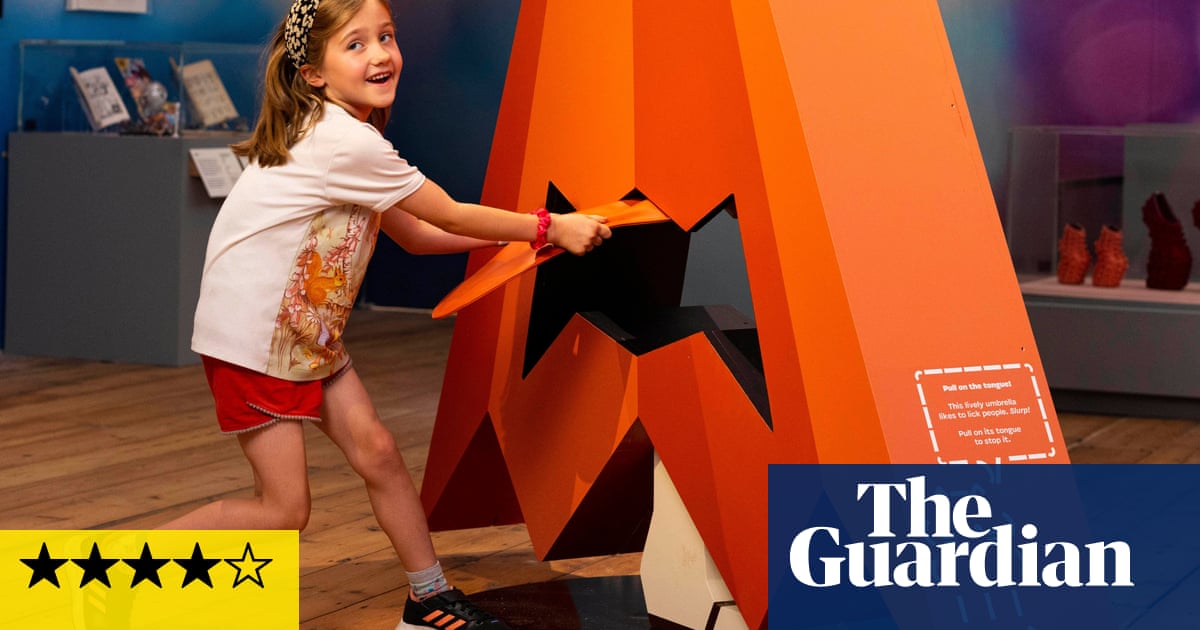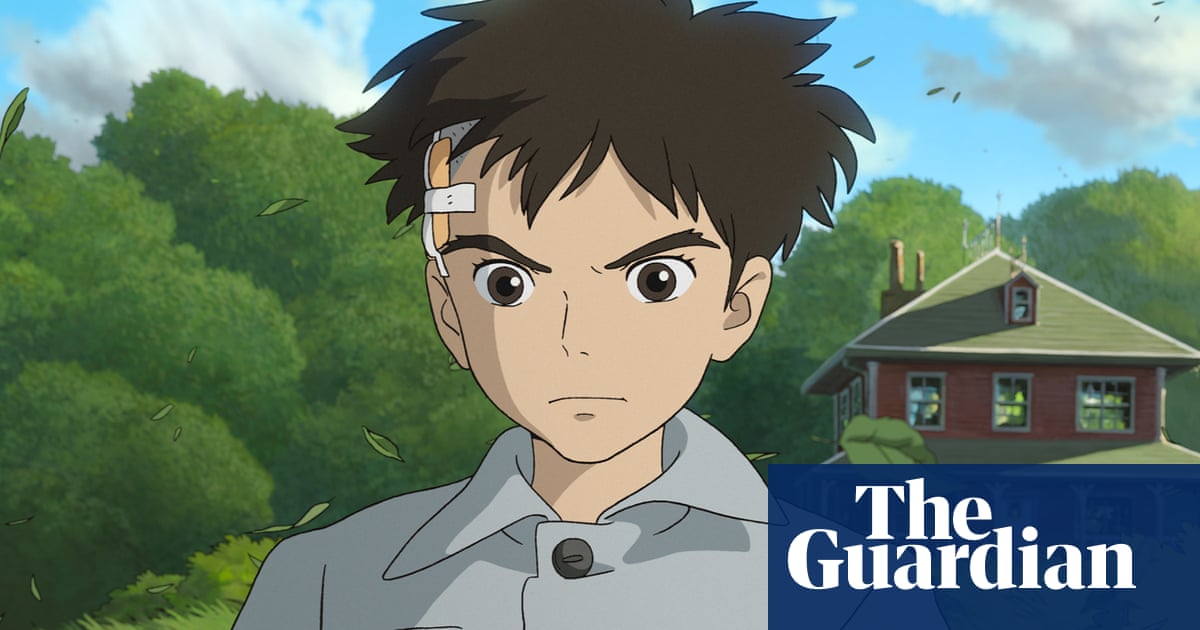
hope films like Delia Derbyshire: The Myths and the Legendary Tapes (BBC Four) will still have a home at the BBC after BBC Four becomes an archive-only channel, as is planned. I cannot imagine anything so wilfully arty sitting on a more mainstream channel. This is a wonderfully inventive piece of storytelling that celebrates the strange brilliance of a mysterious pioneer of electronic music. Even if it is not likely to bring in record audiences, it would be a crying shame if it were not on television.
Knowing only a little about Derbyshire’s life before, and feeling much more illuminated afterwards, I think it makes sense that her story is told in this experimental style. It was originally a short film, written and directed by Caroline Catz, who has extended it to feature length. The result feels like several ideas spliced together, surprisingly effectively.
It is a documentary about Derbyshire’s life and work, given a substantial boost by the 267 tapes found after Derbyshire’s death in 2001, stored in cereal boxes, packed away in an attic in Northampton. These tapes contained many recordings that had long been thought lost, and shed light on her fascinating career. This film has been described as an “archaeological dig”, which feels apt. Catz has tracked down several of Derbyshire’s peers and collaborators, who paint a fond, intimate and honest portrait of a woman one friend describes as “a tortured soul”.
Their interviews are intriguing, but there are many more layers here. The attic tapes have been sampled and manipulated by the artist and musician Cosey Fanni Tutti, who drives around Derbyshire’s home town, Coventry, and drags keys across the gates of the ruined “hollow cathedral”. In reimagining the earlier musician’s output, Tutti says: “It would be wonderful to leave Delia a note she could collect ... across the dimensions.” We hear Derbyshire’s voice, in an interview from the archives, in which she declares she is “tickled pink” to be listening for the first time in years to an old recording of hers. Her childlike enthusiasm for invention, her speech peppered with giggles and “golly”, is infectious.
As Tutti tinkers with her own synthesisers and Derbyshire’s music, the ghost of Derbyshire’s physical form, played by Catz, stalks the room and the film makes a diversion into drama. After growing up in Coventry, Derbyshire studied at Cambridge and was determined to get a placement at the BBC Radiophonic Workshop, where she could best explore her fascination with maths and music. She had expected white coats and chrome machines, but found redundant and antique equipment, plus a small group of people “mostly interested in dissecting white noise”.
She spent just over a decade working there, composing wild theme tunes for television shows, mostly, she says, set in “the far distant future, the far distant past, or in the mind”. Her most famous work, of course, is the theme tune to Doctor Who, although she was not credited for it in her lifetime.
The film is celebratory and often witty. There are plenty of clever nods to Derbyshire’s vast influence on modern music, including a gorgeous montage of 80s and 90s ravers, here given a borrowed soundtrack of a Derbyshire composition from 1971. It is an innovation that turns footage of a sweaty crowd of hedonists into something beautiful and moving. Much of the dramatic side is playful; during Derbyshire’s 60s heyday, we see her “individualism” at full throttle, as Catz plays her working through the night, seeking out kindred spirits, getting stoned and giggling about being “wizards in blizzards”.
A discussion about whether ambient sounds are music or not might, on paper, set up the driest of scenes, but Catz has fun with it, and Derbyshire’s assertion that it is, because music is “abstract sound that is organised”, feels more triumphant than academic.
The strain of feeling the pressure to create, along with a lack of recognition for her work, led Derbyshire to leave the Radiophonic Workshop in the early 70s. Her later life was troubled, marked by a struggle with alcoholism. She died aged 64.
This could have been a sombre, straight documentary, but it feels fitting that it is playful and, for much of it, a lot of fun. Even a scene in which Derbyshire wrestles with her demons has her conversing with paintings of Ada Lovelace and Mary Wollstonecraft. It ends with the imaginary voice of Derbyshire dismantling her own obituary, point by point, playfully sparring with the myths that had built up around her life. “Golly, am I glad I came back,” she says. “Otherwise, who designs the myths?”












